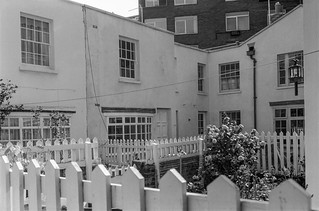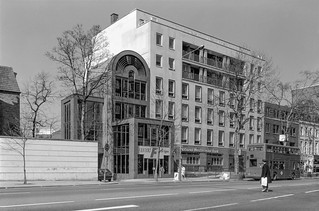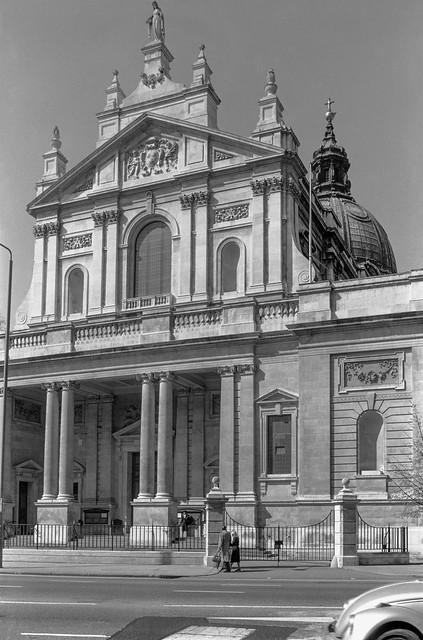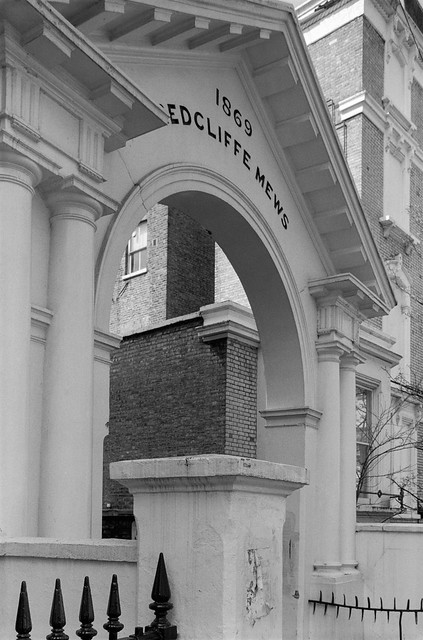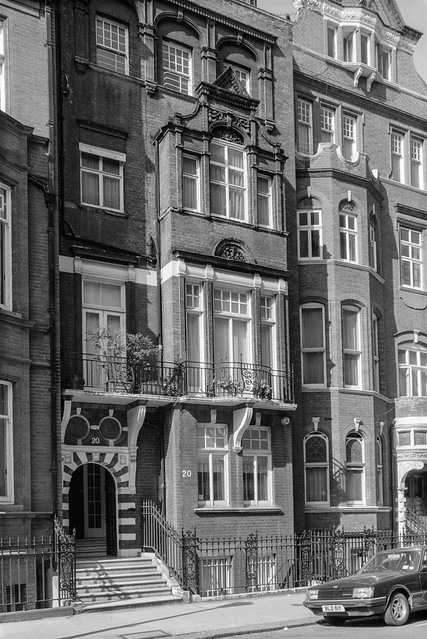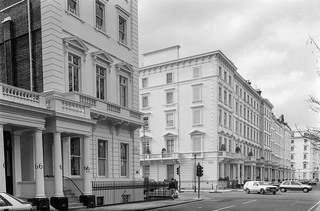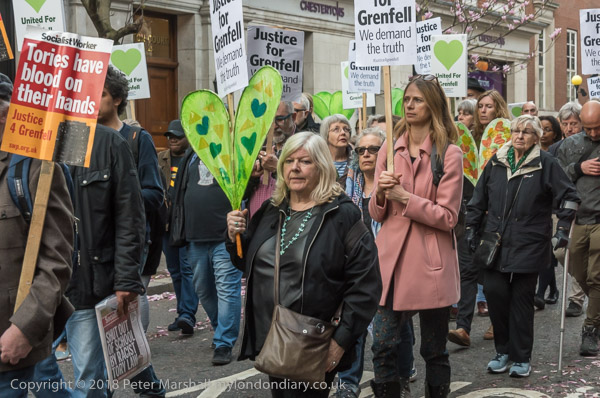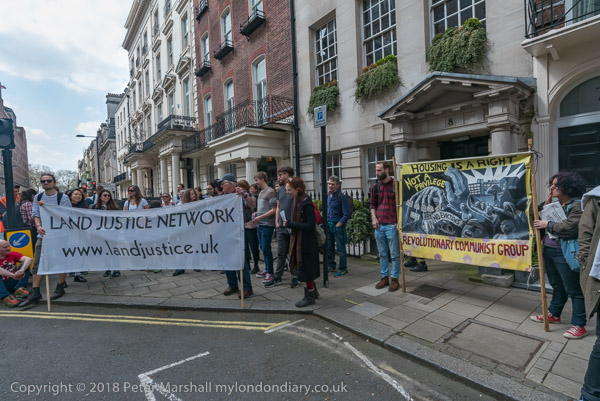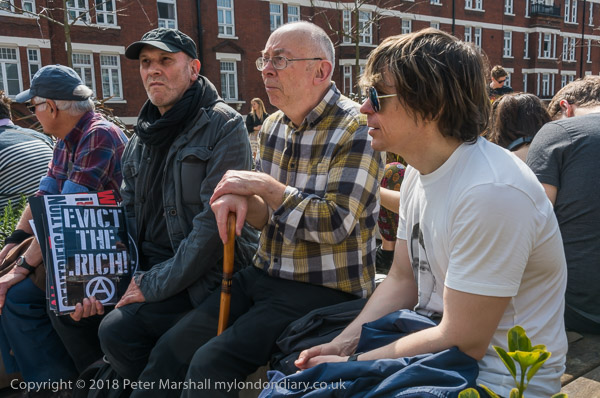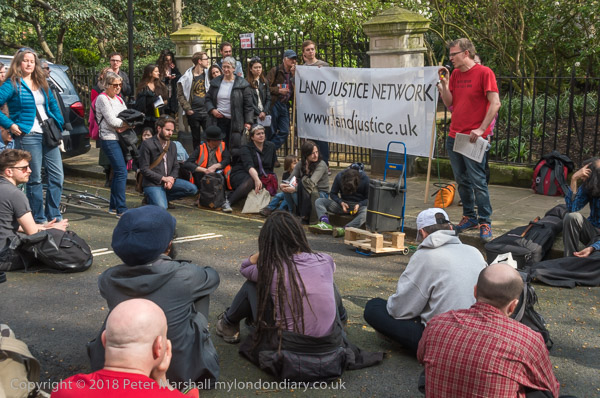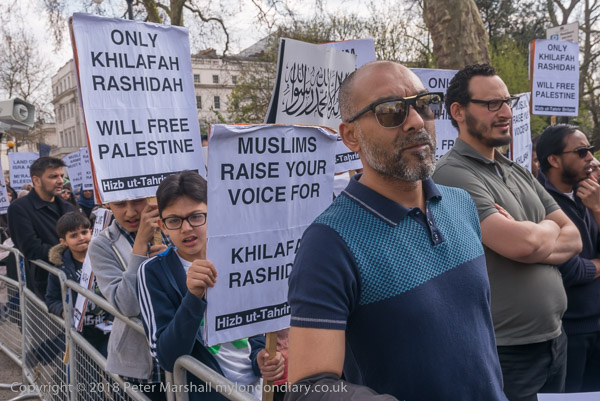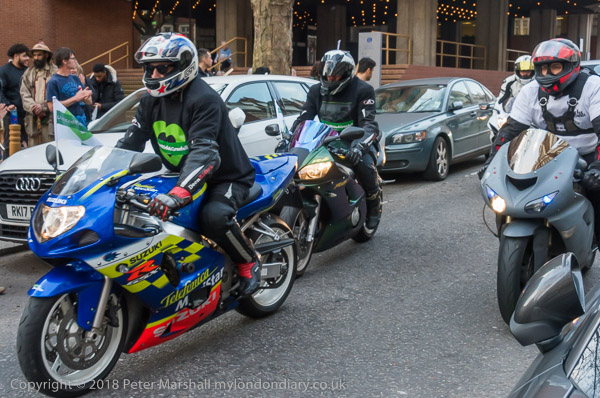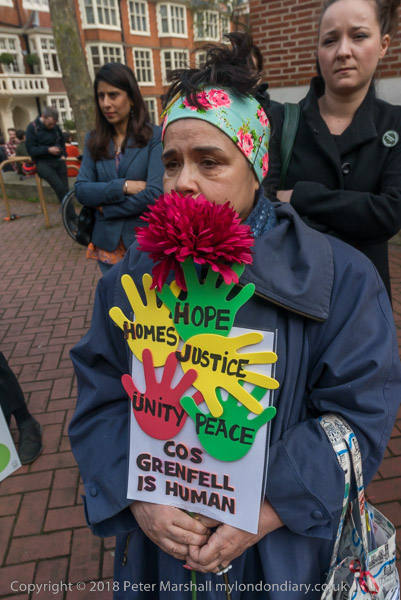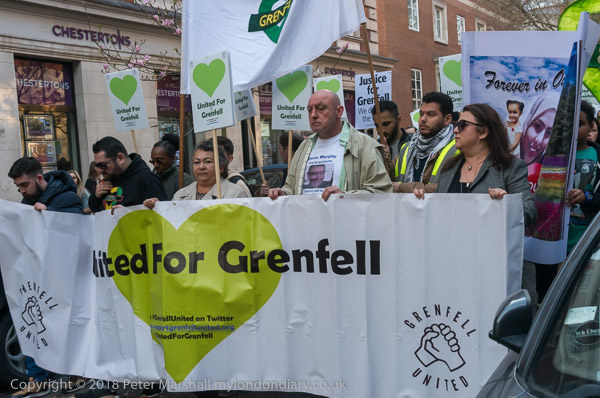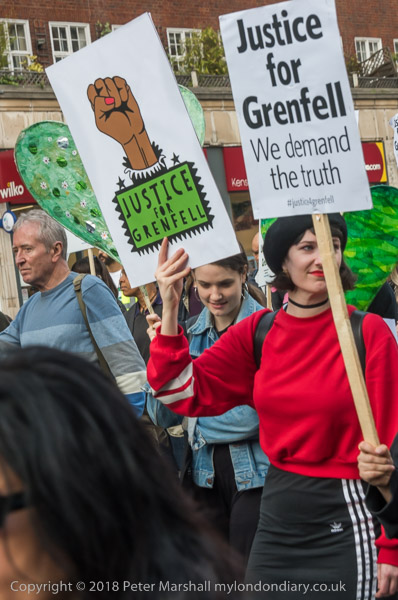The Grosvenor Canal, now only vestigial, is one of London’s least-known canals, opened in 1824 when the Earl of Grosvenor decided to add a lock and turn what had been a tidal creek with a tide mill and feeding reservoirs for drinking water at Chelsea Waterworks (at right in picture) into a short canal, around three quarters of a mile long ending at a large basin, Grosvenor Basin. The lock needed two gates at the end where it connected to the river as the canal level could be higher or lower than the tidal river. The main traffic then on the canal was coal for the many houses in Westminster.
Victoria Station was built on much of this basin site in 1858, and when the station was expanded in 1902, the upper half of the canal was closed and the lower half sold to Westminster City Council who used it for barges carrying refuse. They closed more in 1925 to build the Ebury Bridge estate, but a short section was still in use, with barges taking Westminster’s rubbish onto the Thames, when I made this picture. It was then the last commercial canal in London. It closed in 1995 and has since been redeveloped as Grosvenor Waterside. More on Wikipedia
An estate agent selling the grand houses in the area with offices in a rather grand Grade II listed house on Sloane St, dating from the late 18th century. The listing text notes that the ground floor – reached up eight steps from the pavement – is in commercial use and describes the ground floor windows as wide, “with stucco fan motif lunettes above”.
A long white passageway with a charming lamp at the end hanging from wrought iron supports, behind a slightly more prosaic wrought iron gate. I wouldn’t have photographed it, not having a great love of the twee, but for the rather more practical lamp fitting at left with its cable housing leading rather nicely vertically down the wall to the curving shadow on the floor.
White fences have had a particular attraction for photographers since an iconic image by Paul Strand at Port Kent in 1916, though I make no suggestion that this is anywhere in the same league. But it did seem an awful lot of white fence in a rather confined space.
Skinner Place looked like something from a rather meaner part of London, perhaps somewhere in Bethnal Green mysteriously translocated into Belgravia (which would have increased its price by a large factor.) But it was the huge union flag blocking the end of the street that I really liked, along with the rounded block of flats behind.
The Henry Smith Charity was established on the death of Henry Smith (1549-1628) who lived and profited through interesting times, lending money to many landed families and amassing large landholdings from their misfortunes. He left detailed instructions for the administration of his estates, and the charity trustees in 1640 bought “a marshy estate of mainly market gardens just outside London, in the parish of Kensington.” According the the charity web site, “Nearly four centuries after we were first established, The Henry Smith Charity is one of the largest grant making charities in Britain; making grants of £39.8 million in 2020.”
I spent some time reading the notices in this picture, but ended up little the wiser about the eviction of Major Parson in the 1970s, and the corruption alleged to have been involved. Reading a post from David Swarbrick about a 1974 legal case did little to help me but may held my legal friends.
Click on any of the above to see a large version and explore more pictures in my album 1988 London Photos.
All photographs on this and my other sites, unless otherwise stated, are taken by and copyright of Peter Marshall, and are available for reproduction or can be bought as prints.



